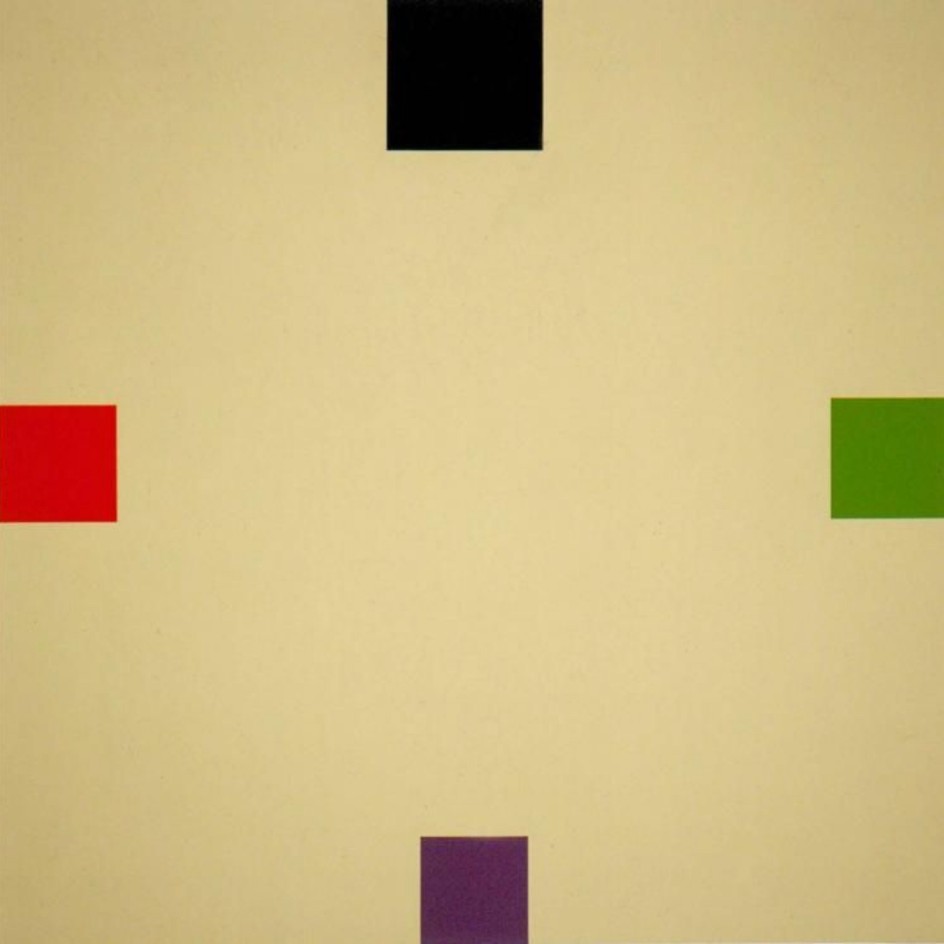David SIMPSON
-

Carlos

Catalonia

Yellow Tiger's Eye
![Vertical Series #28 (Holbein [Henry])](/images/pixel-f6f6f6.gif)
Vertical Series #28 (Holbein [Henry])

Vertical Series #10

Todo los Cosos

Costa Roja

Costa Amarillo
-

Untitled

Blue Square Root

Atlantic

Red Square

Vertical Series 37

Schooner

Paseo Del Prado

Untitled

Five Square Rotation

Quatro Caminos

Barrio

The New New World

Valley Fog

Across the Great Divide

Six AM

Islands

Bits and Pieces

Slick

Purple Majesty

Too Beautiful

Here in the Atmosphere

Summary
David Simpson is an American abstract painter. His two-toned or monochromatic abstractions vary in their texture and application of paint, resulting in meditative compositions that continue the tradition of Post-Painterly Abstraction that Simpson helped found along with Ellsworth Kelly and Kenneth Noland. Simpson’s career can be loosely organized into three distinct aesthetic periods that the artist describes as landscape-based abstraction, relational abstraction, and interference painting. His more recent work often employs unconventional formal means, including applying mica particles to painted surfaces with electricity to create unexpected corporeal forms.
Simpson cites a variety of influences for his work, noting that he was “influenced early on by children’s art, Cubism, Paul Klee. Later on, it was Mark Rothko and others. When the Sacramento landscape started to pervade my consciousness, my abstract figures became abstract landscapes.”
Born in 1928 in Pasadena, CA, Simpson went on to study at the San Francisco Art Institute and received his MFA from San Francisco State College. Today, his works are held in the collections of The Museum of Modern Art in New York, the Smithsonian American Art Museum in Washington, D.C., the Philadelphia Museum of Art, and the Phoenix Art Museum, among others. Simpson lives and works in Berkeley, CA.
Press
David SIMPSON
David Simpson’s 1970s abstractions still radical
[original sfgate.com link]
2009-01-24


![Vertical Series #28 (Holbein [Henry])](Vertical_Series_28_(Holbein_[Henry]).jpg)


























